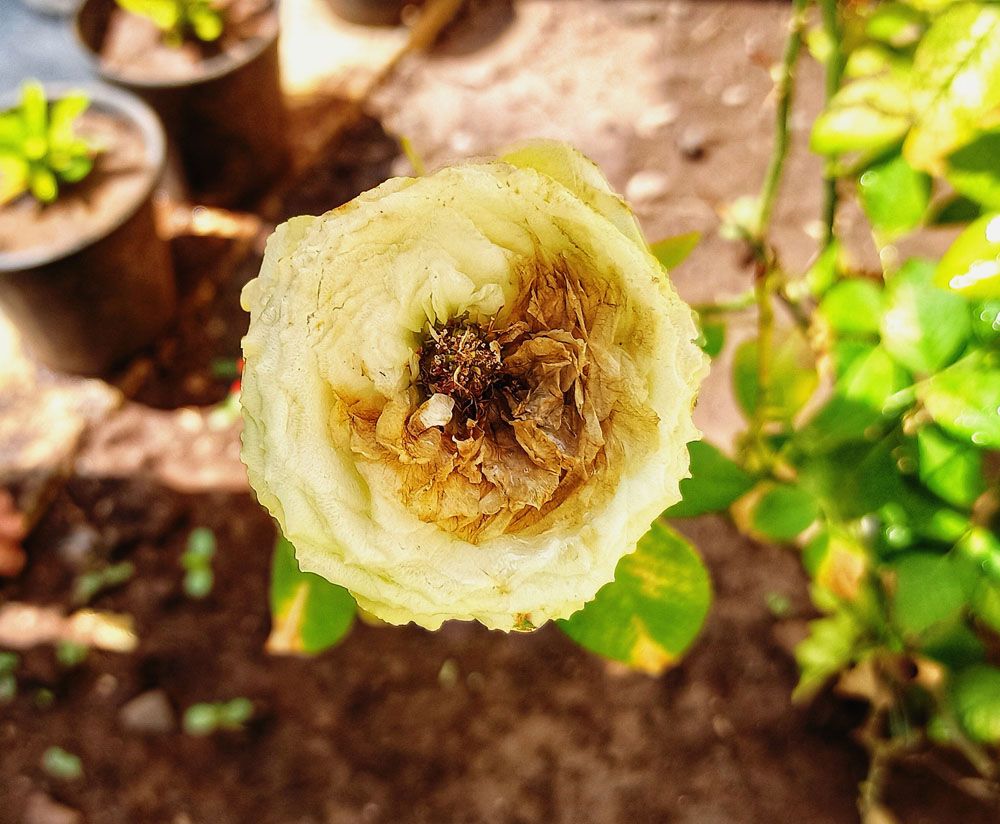
Rose Flower Thrips
Rose Flower Thrips
Meta Description: If your rose plants are facing the problem of flower thrips, read out this guide to learn what are Rose Flower Thrips, how to identify them, and how to get rid of them.
Being a gardener, you must be familiar with the fact that how quickly rose thrips can ruin your beautiful rose plants. Whether you love gardening or not, but you surely be inspired by the velvety beauty of Roses and the fragrance they have. One of the most beautiful flowers on earth, roses are the first choice of gardeners to grow in their garden. Their stunning flowers and adorable fragrance bless your garden with an eye-pleasing look. But sometimes, you see brown marks appear on the petals and deformed buds in your garden, spreading very quickly.
Thrips cause these brown spots and impart a very nasty look to your rose flowers and, within days, can ruin your rose plants. But don’t worry; in this article, you will get a complete guide about what are thrips? How to identify thrips, what are the symptoms of thrips, and how to control thrips in roses?
Identification Rose Thrips:
Due to their very small size, probably 1/20 inches, and habit of burrowing deep inside floral buds, rose thrips often go unnoticed and are very hard to detect. But with a magnifying glass, you surely can detect them. They have brown to a black color and elongated slender shape. They prefer light rose petals and go down deep into the rose flowers and buds. Having a very short life cycle, they increase their population at an alarming rate affecting your rose flowers very badly.
Damage Symptoms:
Both adult and larval thrips cause damage to rose flowers. They feed on the sap of flower petals causing brown stripes and spots on the petals resulting in stunting growth and malformation of the flower. Young affected buds fail to open, and if they get opened, they show very unnatural and deformed growth with brown spots. So, symptoms of rose flower thrips include brown spots on petals, unopened buds and deformed growth of flowers, and premature drop of flowers.
Thrips not only affect rose plants but also act as an agent to spread many other disease agents like tomato spotted wilt virus and necrotic spot virus. What exactly happens is that when they feed on infected plants, they also extract pathogens along with sap, and as they move to other plants for sucking sap, they transfer those pathogens into healthy plants and spread the disease very quickly.
Management of Thrips:
Have a regular inspection of your garden to keep a check on the health of your rose plants and notice the attack at a very early stage.
If you notice brown spots on petals or swollen unopened buds, it means the thrips have attacked. Cut down the infected flowers and buds immediately, put them in bags and dispose of them off away from the garden.
Apply systemic insecticides according to the given instruction written on both soil and plant to kill the thrips.
Thrips usually attack in dry conditions, so keep your rose soil bed wet as a preventive measure.
Also, install sticky traps to trap and keep a check on thrips.
A spray of 3% neem oil, soap spray, or other horticultural oil is very useful.
Spraying recommended doses of carbofuran or methyl demeton is also beneficial to control rose flower thrips.
